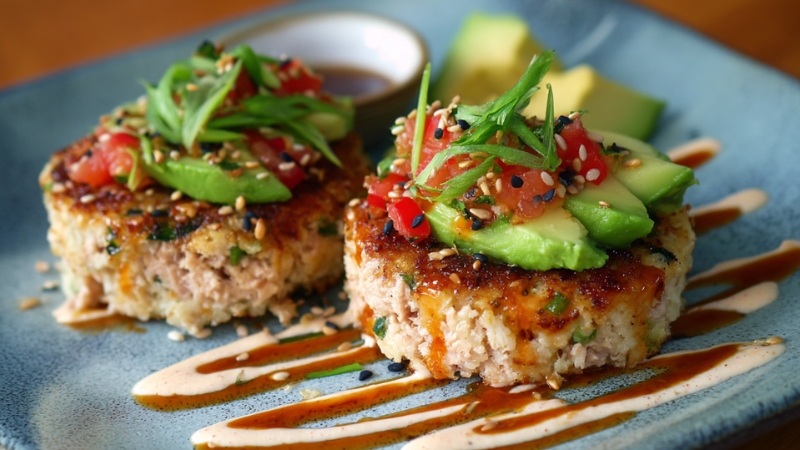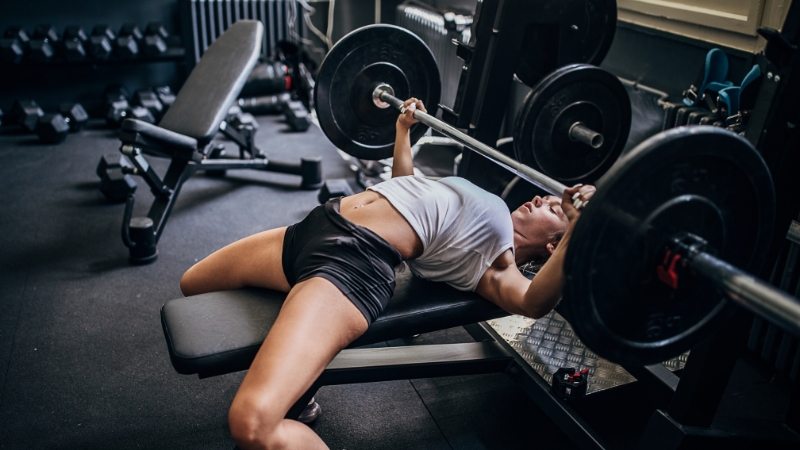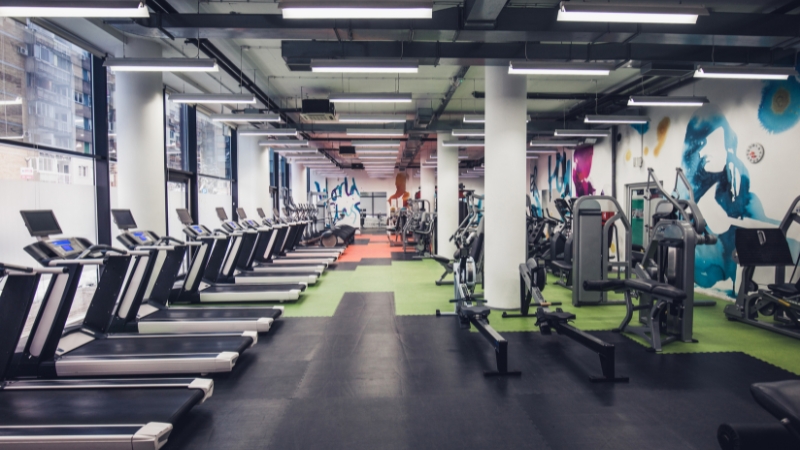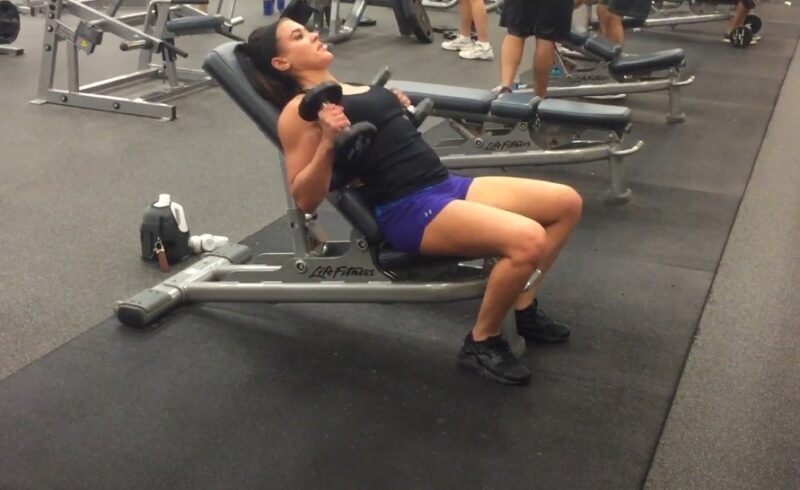
Share Post:
When it comes to arm training, the usual suspects like bicep curls and tricep dips often steal the spotlight. But if you’re looking to build serious strength, improve muscle definition, and add a new dimension to your arm workouts, it’s time to turn your attention to a less celebrated yet incredibly effective exercise: the incline hammer curl.
In this guide, we’re going to break down everything you need to know about this exercise—from why it’s so effective to how you can integrate it into your routine.
Table of Contents
ToggleWhat Makes the Incline Hammer Curl Unique?
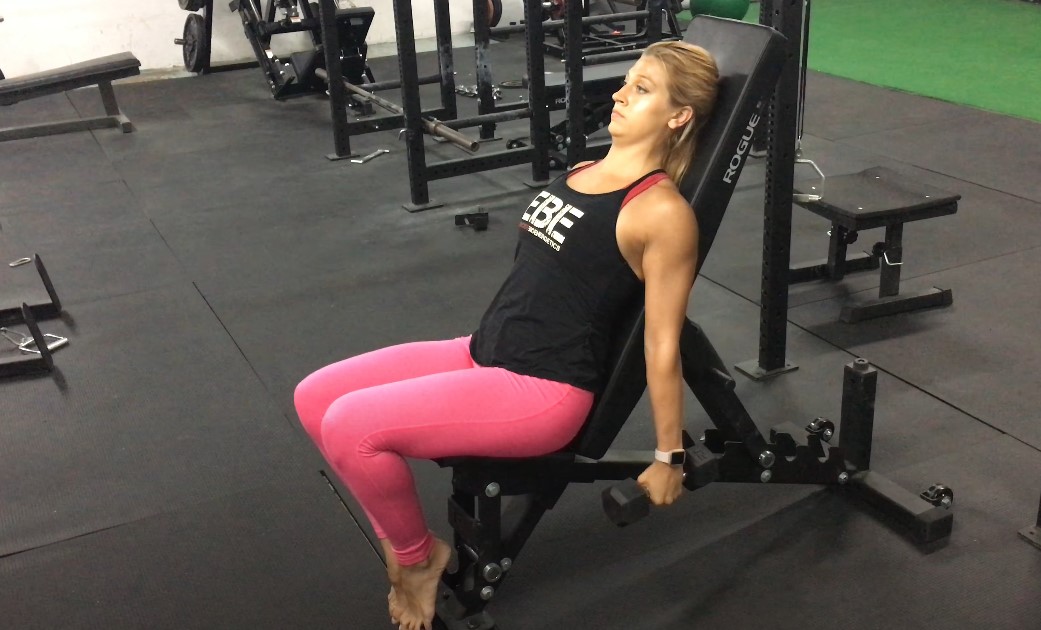
The incline hammer curl isn’t just a twist on the regular hammer curl; it’s a serious upgrade. When you do this exercise on an incline bench, you shift the angle of your arms, which changes how your muscles work.
While the classic hammer curl mainly focuses on the brachialis and biceps, the incline version really kicks in the brachioradialis, an important forearm muscle that helps add thickness to your arms.
Extended Range of Motion
Another standout feature of the incline hammer curl is its ability to stretch your muscles through a greater range of motion. The incline position forces your arms behind your body, providing a deep stretch at the bottom of the movement that you simply don’t get with traditional curls.
Emphasis on Form and Control
Because the incline hammer curl limits the use of momentum, it forces you to focus on proper form and muscle control. This means more muscle activation and a reduced risk of injury-key benefits that make this exercise a must-have in any serious arm workout routine.
How to Perform the Exercise
To get the most out of incline hammer curls, you need to start with the right setup. Here’s how to do it:
- Adjust the Bench: Set your incline bench to a 45 to 60-degree angle. The steeper the angle, the more challenging the exercise becomes, so choose a setting that aligns with your fitness level.
- Choose Your Weights Wisely: This exercise emphasizes control, so select dumbbells that allow you to perform the movement with perfect form. It’s better to start light and gradually increase the weight as you become more comfortable with the exercise.
- Positioning: Sit on the bench with your back flat against the pad. Let your arms hang straight down with the dumbbells in a neutral grip (palms facing each other). Your feet should be firmly planted on the ground for stability.
Now that you’re set-up, here’s how to execute the incline hammer curl with precision:
- Slowly curl the dumbbells up toward your shoulders, keeping your elbows tucked in close to your sides. Focus on squeezing your biceps and brachialis as you lift.
- At the top of the movement, pause and squeeze the muscles for a second. This is where the real magic happens, as it maximizes muscle activation.
- Lower the dumbbells back down in a slow, controlled manner. The lowering phase (eccentric) is just as important as the lifting phase for building strength and muscle.
- Perform your desired number of reps, maintaining strict form throughout. If you start to lose form, it’s a sign that you might need to lower the weight.
Advanced Techniques and Variations
Once you’ve mastered the basic incline hammer curl, it’s time to take things up a notch. Here are some advanced techniques and variations to keep your workouts fresh and challenging.
The Eccentric Emphasis
To really boost your strength gains, focus on the eccentric (lowering) phase of the curl. Count to three or four as you lower the dumbbells, resisting the pull of gravity. This technique not only increases muscle tension but also enhances muscle growth and endurance.
Incline Hammer Curl with a Twist
For an added challenge, incorporate a twist at the top of the curl. As you reach the peak of the movement, rotate your wrists so that your palms face your shoulders. This extra twist engages your forearms and adds a new dimension to the exercise. Also, you can try cable hammer curls.
Drop Sets for Extra Burn
To completely exhaust your muscles, try performing drop sets. Start with your usual weight and perform as many reps as you can with good form. Once you reach failure, immediately drop to a lighter weight and continue the exercise without rest.
This technique is an excellent way to push your muscles to their limit and trigger growth.
Create a Balanced Arm Workout
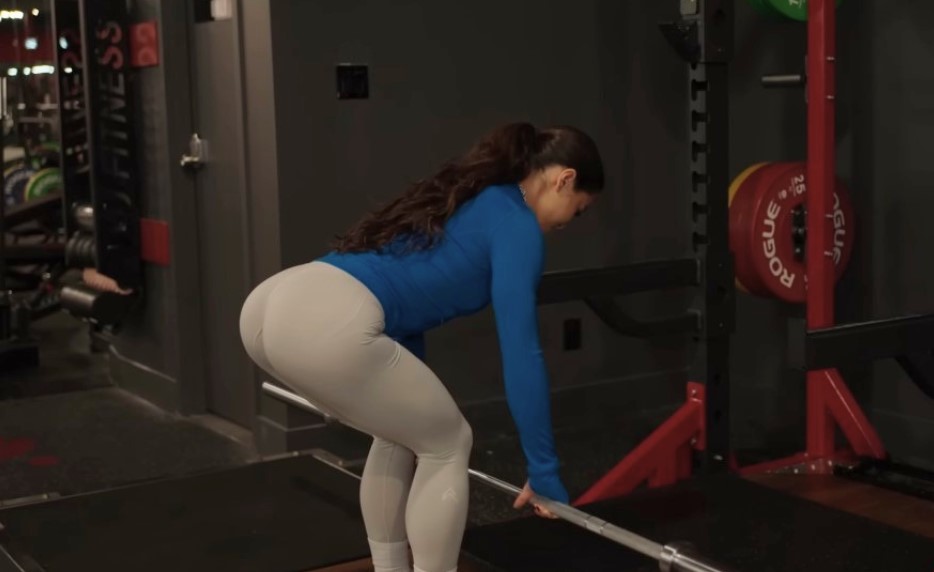
Incline hammer curls are a powerful tool, but they’re most effective when used as part of a balanced arm workout.
Start with Compound Movements
Begin your workout with compound exercises like chin-ups or barbell rows. These moves engage multiple muscle groups and set the stage for targeted work.
Move to Isolation Exercises
After your compound lifts, transition to isolation exercises like incline hammer curls. This is where you can really hone in on the specific muscles you want to develop.
Finish Strong with a Burnout Set
To finish off your arm workout, consider a burnout set of incline hammer curls. This involves performing high-rep sets with a lighter weight to fully fatigue the muscles.
- For Muscle Growth: Aim for 3-4 sets of 8-12 reps, performed twice a week. This rep range is ideal for hypertrophy (muscle growth).
- For Strength: If your goal is to build strength, go for 4-5 sets of 4-6 reps with a heavier weight, allowing for adequate rest between sets.
- For Endurance: To improve muscle endurance, use lighter weights and perform 15-20 reps per set, focusing on form and control.
Things You Might Be Doing Wrong
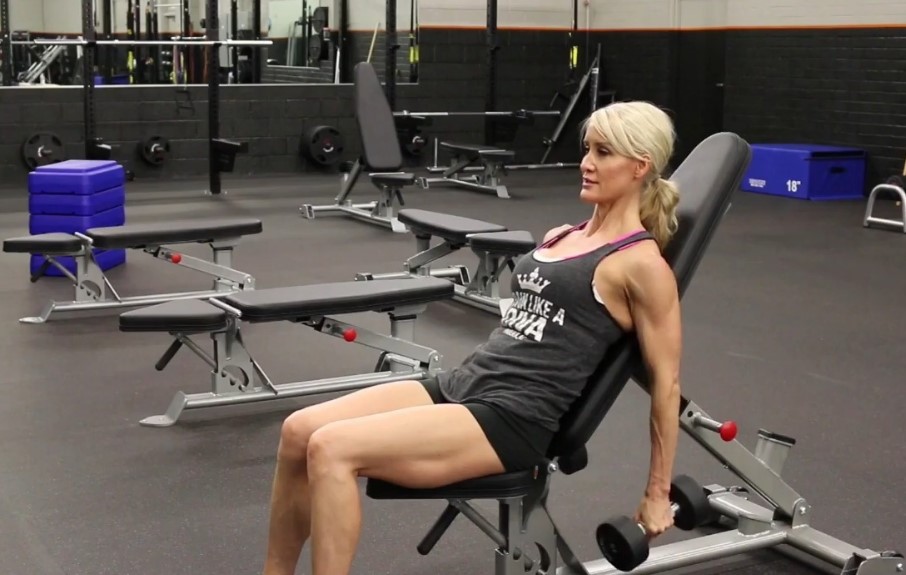
Even with the best intentions, it’s easy to fall into bad habits. Here are some common mistakes people make with incline hammer curls and how to avoid them:
Using Too Much Weight
One of the biggest mistakes is trying to lift too heavy. This often leads to poor form and reduced effectiveness. Remember, incline hammer curls are about control and precision, not just brute strength.
Start with a manageable weight and gradually increase it as you improve.
Incorrect Bench Angle
If the bench angle is too steep or too shallow, it can change the dynamics of the exercise. Make sure your bench is set at a 45 to 60-degree angle to properly target the intended muscles.
Neglecting the Eccentric Phase
Many lifters focus only on the curling phase and neglect the lowering phase. This is a missed opportunity for growth, as the eccentric phase is crucial for building muscle. Always lower the weights in a controlled manner.
Relying on Momentum
Swinging the weights or using momentum to lift them reduces the effectiveness of the exercise and increases the risk of injury. Focus on slow, controlled movements to maximize muscle engagement.
How Incline Hammer Curls Benefit Daily Life
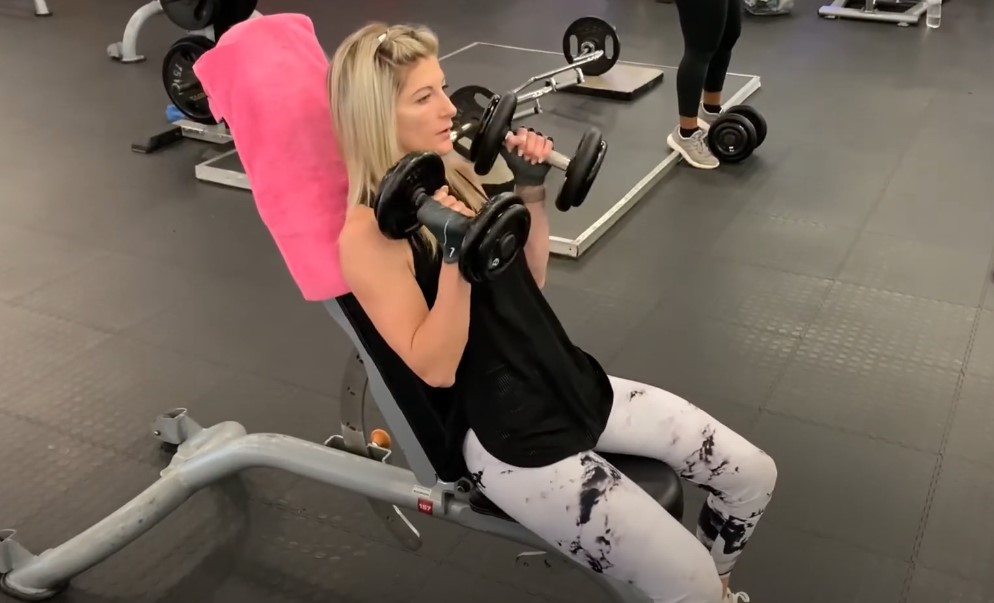
While the gym is a great place to build muscle, the benefits of incline hammer curls extend far beyond aesthetics. Here’s how this exercise can improve your daily life:
Enhanced Grip Strength
Incline hammer curls are excellent for building grip strength, which is crucial for everyday tasks like carrying groceries, opening jars, or even playing sports. A strong grip also translates to better performance in other lifts, such as deadlifts and pull-ups.
Injury Prevention
By strengthening the brachialis and brachioradialis, incline hammer curls help balance the muscles around your elbow joint. This can reduce the risk of common injuries like tennis elbow or strains caused by repetitive motions.
Improved Athletic Performance
For athletes, strong arms are essential. Whether you’re throwing a ball, swinging a bat, or grappling on the mat, incline hammer curls can give you the edge you need by improving the strength and endurance of your arm muscles.
Final Thoughts
Think of it this way: your arms do a lot of heavy lifting (literally and figuratively) every day, so why not give them the attention they deserve?Adding incline hammer curls to your routine is just what your muscles need to get stronger and more defined. Plus, it’s a great way to mix things up and keep your workouts interesting.
Related Posts:
- Hammer Curls vs. Bicep Curls - Which is Better for You?
- How Seated Hammer Curls Can Improve Your Arm Strength
- 10 Benefits of Adding Cable Hammer Curls to Your Workout
- Cable Lateral Raises for Beginners - Ultimate Guide 101
- Barbell Front Raises 101 - The Ultimate Guide
- How to Perfect Your Bent Over Lateral Raise Form





